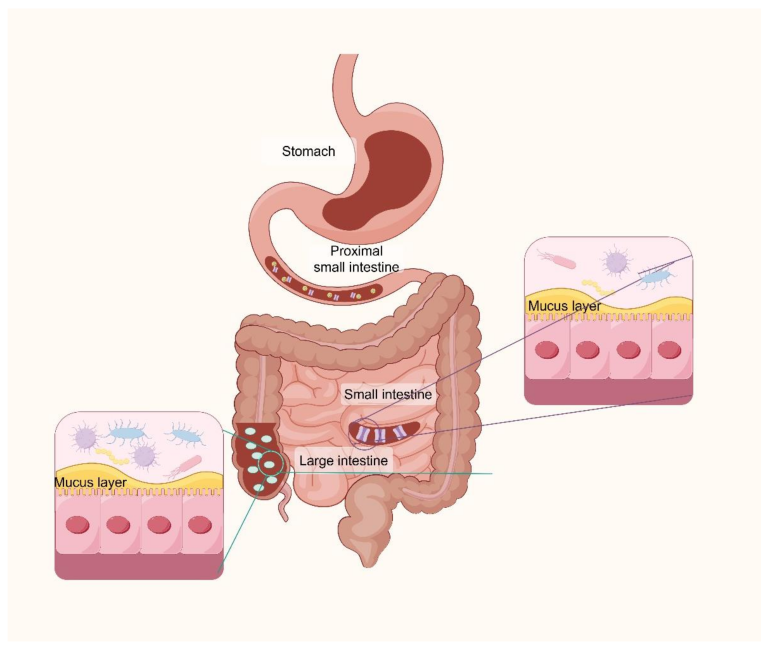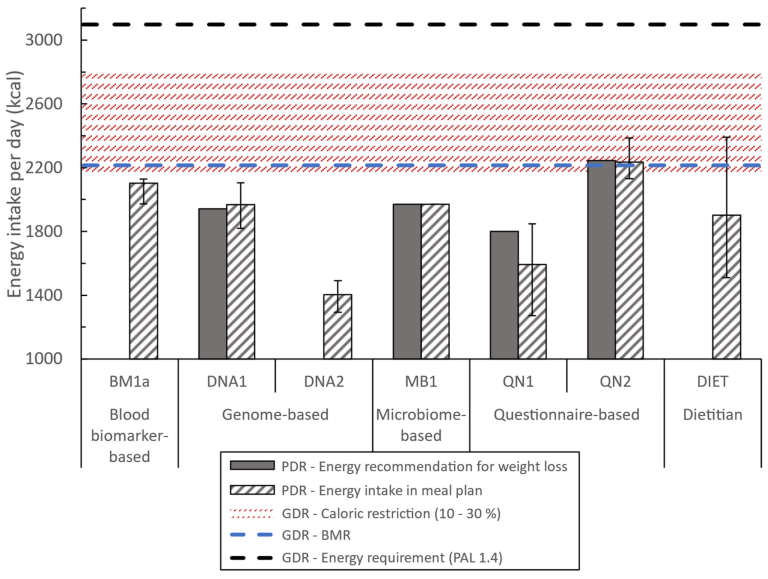
For decades, we’ve been handed the same old nutritional advice. Eat this many servings of that. Count these calories. It’s a one-size-fits-all approach that, let’s be honest, often fits no one perfectly. You know the feeling—your friend thrives on a keto diet while you feel sluggish, or that “superfood” everyone raves about just doesn’t sit right with you.
Well, the game is changing. And it’s changing fast. We’re moving from generic guidelines to a truly bespoke approach to eating, powered by two incredible sources of data: your unique genetic code and the living universe within your gut, your microbiome.
It’s More Than Just Your Genes: The Two Pillars of Personalization
Think of it like this. Your DNA is the hardwired blueprint you were born with—the master plan. It tells you what you’re potentially predisposed to. Your microbiome, on the other hand, is the highly dynamic, ever-changing construction crew that brings that blueprint to life. It’s influenced by everything from your diet and sleep to your stress levels and environment. Personalized nutrition based on genetic testing and microbiome analysis looks at both.
Pillar One: What Your DNA Can Tell You
Genetic testing for nutrition, often called nutrigenetics, isn’t about finding rare diseases. It’s about uncovering how your body processes food on a fundamental level. A simple cheek swab can reveal insights like:
- Caffeine Sensitivity: Do you metabolize caffeine slowly, making that afternoon coffee a recipe for a sleepless night? Your genes know.
- Lactose Intolerance Predisposition: The MCM6 gene variant is a strong indicator of whether your body likely stopped producing enough lactase after childhood.
- Macronutrient Response: How your body responds to different types of fats and carbohydrates. Some people’s genes suggest they might do better on a higher fat diet, for instance.
- Vitamin Needs: Variations in genes like MTHFR can affect how you metabolize folate (vitamin B9), pointing to a potential need for a specific, more bioavailable form.
This is powerful, foundational stuff. It’s the “nature” part of the equation.
Pillar Two: The Gut Garden—Your Microbiome
Now, let’s talk about the “nurture.” Your gut microbiome is a complex ecosystem of trillions of bacteria, fungi, and other microbes. And this ecosystem is directly shaped by your lifestyle. Microbiome analysis, typically through a stool sample, gives you a real-time snapshot of this inner world.
It can tell you about your gut’s ability to break down dietary fiber, produce essential vitamins like B and K, and even regulate inflammation. The balance of your microbial communities is crucial. An overgrowth of one type or a lack of diversity can be linked to everything from bloating and irregularity to more systemic issues.
Honestly, you can think of your gut like a garden. You want a diverse, flourishing landscape, not a monoculture of weeds. The food you eat is the fertilizer—it either helps the good guys thrive or feeds the bad ones.
How It Works in Practice: From Data to Dinner Plate
So, how does this all come together? The process is surprisingly straightforward.
- You order a kit from a reputable company that offers both tests.
- You provide your samples at home (cheek swab for DNA, stool sample for microbiome).
- The lab analyzes your data, often using AI-driven algorithms.
- You receive a detailed report and, with some services, a personalized nutrition plan.
This is where the magic happens. The report might tell you something like: “Based on your genetics, you have a reduced ability to convert beta-carotene from plants into active Vitamin A. Therefore, including direct sources like liver or eggs is beneficial. Furthermore, your microbiome shows low levels of bacteria that produce butyrate, a key anti-inflammatory compound. We recommend increasing your intake of resistant starch from foods like cooled potatoes, green bananas, and legumes to feed these specific microbes.”
See the difference? It’s not guesswork. It’s a targeted strategy.
A Glimpse at the Data: What Might Your Report Show?
| Your Genetic Insight | What It Might Mean | Potential Dietary Action |
| Slow caffeine metabolizer (CYP1A2 gene) | Caffeine stays in your system longer, increasing jitters and disrupting sleep. | Strictly limit caffeine after 12 p.m. or switch to green tea. |
| Reduced folate metabolism (MTHFR variant) | You may not efficiently use synthetic folic acid from fortified foods. | Focus on natural folate from leafy greens, avocado, and consider a methylated folate supplement. |
| High sensitivity to saturated fat (FTO gene) | Your body may be more prone to weight gain from high saturated fat intake. | Prioritize unsaturated fats (avocado, olive oil, nuts) over butter and high-fat red meats. |
The Real-World Impact: Beyond the Hype
This isn’t just about optimizing for optimal’s sake. For many people, personalized nutrition based on genetic and microbiome testing solves real, frustrating problems. It’s for the person who has tried every diet under the sun with no lasting results. It’s for the individual with persistent digestive issues that their doctor can’t pinpoint. It’s for the athlete looking for that precise nutritional edge.
By understanding your personal blueprint, you can stop fighting your biology and start working with it. You move from a place of confusion and restriction to one of clarity and empowerment.
A Final Thought: Your Health, Your Unique Journey
Sure, this field is still young. Science is always evolving. But the core idea is profound and, frankly, undeniable: we are all biochemically unique. What fuels one person perfectly may leave another sputtering.
The old model of nutrition was like being given a standard-issue map in a foreign city. The new model hands you a live GPS, custom-built for your vehicle, showing you the most efficient route for you to reach your destination. It acknowledges that the journey—your health journey—is deeply personal. And maybe, just maybe, the secret to reaching your goals has been inside you all along, waiting to be read.







